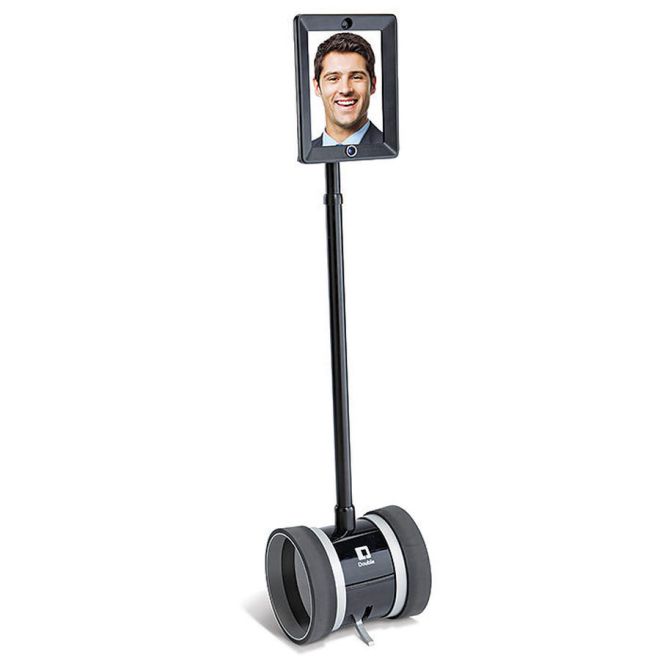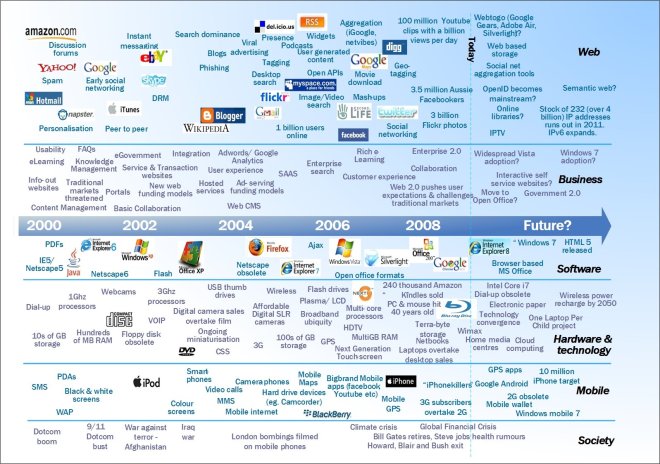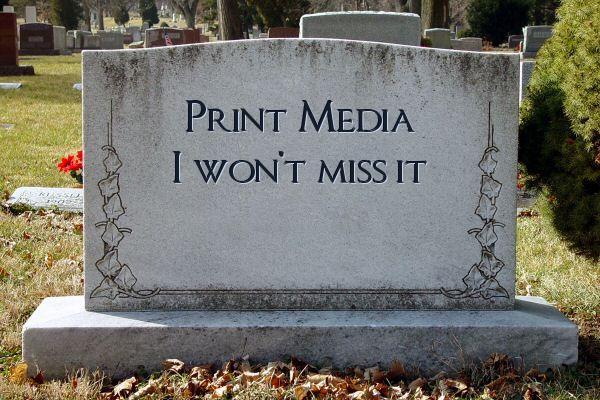Where would we be today if it wasn’t for our smartphones?
No, seriously. I honestly can’t fathom where I would be today without my smartphone. Maybe since I wasn’t even old enough to drive when I got my first smartphone, it seems impossible to imagine a world without Google Maps to help you get around (because, come on, it’s impossible to read MapQuest when you’re in the car by yourself!) or to check the address of a restaurant.
I suppose we called 411 to get necessary info. What if we were out and about and we forgot our MapQuest and ON TOP OF THAT we realized that vegan cousin Vicky was joining us for dinner and we couldn’t remember if the restaurant had options for her or not? Would we ask them to read the menu for us? Of course, even this fictitious scenario requires a cellphone (to call 411) and a printer with Internet (for MapQuest). Nonetheless, now that we’ve grown so accustomed it’s hard for any us to imagine living without them.
Not to mention, how did we ever even live (please note my sarcasm) without these app-controlled devices that incorporate some sort of emerging media element for marketers to develop?
Nonetheless, the holiday season is upon us and let’s check out a few of my favorite gadgets that’s sure to be on everyone’s wish list!
- Fitbit Wi-Fi Smart Scale : You’ve heard of activity trackers that consistently monitor your activity and calories burned, but this smart scale will automatically add every weigh-in to your smartphone, customizable to your settings. The use of this scale is recommended in tandem with Fitbit’s online social community of other like-minded individuals looking to lose or maintain weight. You can also share your results to Facebook or Twitter to solicit support from family and friends to keep you on track! From $129.99
- Double Robotics Telepresence Robot for iPad Tablet: Want to creep out your employees while you’re away on business? For $2,500 you can have someone snap an iPad into a robot base – which you control remotely using a remote. It does look pretty ridiculous….

But the implications for future technology and the ability in which we communicate could change drastically in the future. Particularly for some individuals in sales and marketing, we could save significant amounts of time with the ability to travel and build relationships remotely. That is, if you can get over the whole looking-like-a-robot part. $2,500
3. The Smart (Cooking) Scale and Perfect Bartender: Yup, this is probably exactly what you think it is, but it doesn’t make it any less cool! Connected to via smartphone, the Smart Cooking Scale and Smart Bartender use the weight of the ingredient you place inside the bowl or cup to let you know if you’re putting in the right amount of everything. Accidentally add too much whiskey to your drink? The Smart Bartender automatically catches it and readjusts the rest of the ingredients you’ll need to add to fix it! Both devices have unique apps that include hundreds of recipes and discounts. As a marketer, the potential for similar devices is exciting! As a food company – think of the recipes you could craft and food items you could sell to work seamlessly with such a device. Imagine being able to enjoy the benefits of a home-cooked meal (because let’s face it, microwavable isn’t just the same, even if it is all psychological) with much less work? Around $50 each
4. Smart PJ’s: Never did I think these day would come, although I guess I’m not altogether that surprised. These patterned PJs (pairs for little boys and little girls available) hold dozens of stories. All Mom or Dad (or anyone with a smartphone!) needs to do is “scan” a pattern on the PJ’s with their phone. A different children’s bedtime story will be revealed once the pattern has been scanned. It seems pretty difficult to keep track of which pattern you’ve already scanned (I can hear it now – “Mooooooooom, we already heard this one!) however again this also has some pretty cool potential for marketers. For example, what little boy or girl who loves Disney or Star Wars wouldn’t go nuts for a pair of their favorite patterned PJs with dozen of hidden stories (all related & connected, of course)? Since the action is really happening at the app versus the pajama source, “rotating” stories per season or the ability to purchase new stories also add an element of surprise. Or, you could just buy a nice handcover anthology of bedtime stories and do away with “smart” anything at night. Maybe, just maybe, I’m a bit of an old-fashioned 22-year-old. $30 each
What potential do you see for marketers as new, sophisticated technologies develop for consumers? Have we become too obsessed with “smart” objects or “smart” everything? How do we know when to draw the line?





